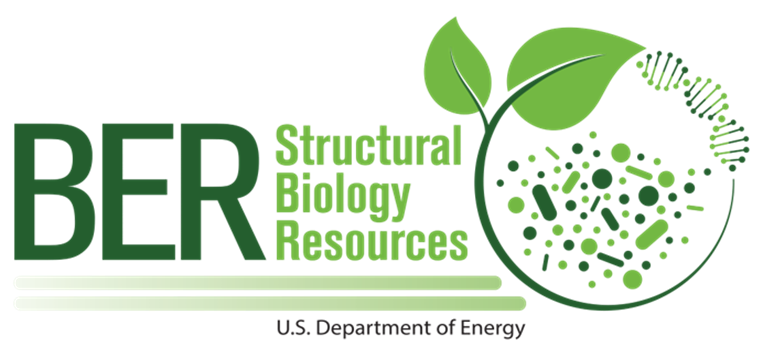Biological Small Angle X-ray Scattering/Diffraction
Biological Small-Angle X-ray Scattering and Diffraction is a powerful experimental technique that uses X-rays to probe the structure of biological materials (such as proteins, large protein complexes, viruses, lipids etc.) at length scales that bridges the gap between atomic resolution structures to molecular/subcellular levels. With minimal preparation the sample can be measured in solution eliminating structural artifacts caused by crystal lattice constraints or cryo sample preparation. The solution environment also allows for the application of the technique at conditions closely mimicking the native physiological environment of the sample (in terms of temperature, pH, salt concentration etc.). The technique can also be applied to directly observe biochemical reactions as they are happening and measure their kinetics using time-resolved measurements of the small-angle scattering signal.
The BioSAXS beamline 4-2 at the Stanford Synchrotron Radiation Lightsource (SSRL) employs the latest in break-through X-ray technologies such as rapid-readout single-photon-counting Pixel Array Detectors and features state-of-the-art sample handling equipment such as a robotic high-throughput fluid sample delivery system, chromatography coupled SAXS data collection as well as equipment for time-resolved experiments at the millisecond time-scale and above. The beamline and various sample handling devices are highly automated and software data analysis pipelines are used to extract key parameters from the data in real time ensuring that the collected SAXS data is of the highest quality for the subsequent structural modelling. The beamline is operated and supported by the BioSAXS Group of the Structural Molecular Biology (SMB) Division. The BioSAXS group maintains the beamline at the state-of-the-art and provides expert experimental support for visiting researchers in scientific fields related to medicine and bio-energy.
For a general introduction and overview of SAXS as applied to biological problems please click here. When you publish your work that includes or is based on data obtained at the BioSAXS beamline 4-2 please make sure you correctly acknowledge this resource.
The BioSAXS beamline 4-2 at the Stanford Synchrotron Radiation Lightsource (SSRL) employs the latest in break-through X-ray technologies such as rapid-readout single-photon-counting Pixel Array Detectors and features state-of-the-art sample handling equipment such as a robotic high-throughput fluid sample delivery system, chromatography coupled SAXS data collection as well as equipment for time-resolved experiments at the millisecond time-scale and above. The beamline and various sample handling devices are highly automated and software data analysis pipelines are used to extract key parameters from the data in real time ensuring that the collected SAXS data is of the highest quality for the subsequent structural modelling. The beamline is operated and supported by the BioSAXS Group of the Structural Molecular Biology (SMB) Division. The BioSAXS group maintains the beamline at the state-of-the-art and provides expert experimental support for visiting researchers in scientific fields related to medicine and bio-energy.
For a general introduction and overview of SAXS as applied to biological problems please click here. When you publish your work that includes or is based on data obtained at the BioSAXS beamline 4-2 please make sure you correctly acknowledge this resource.
| Funding | |||
|---|---|---|---|
 |
 |
||










